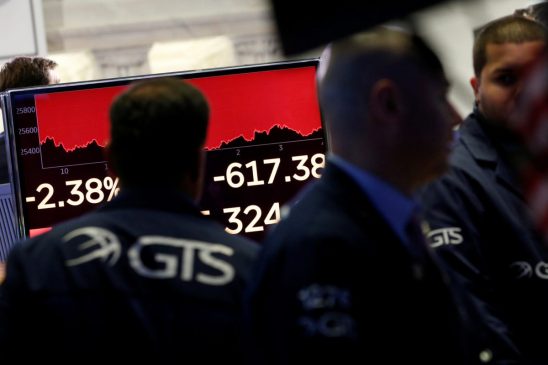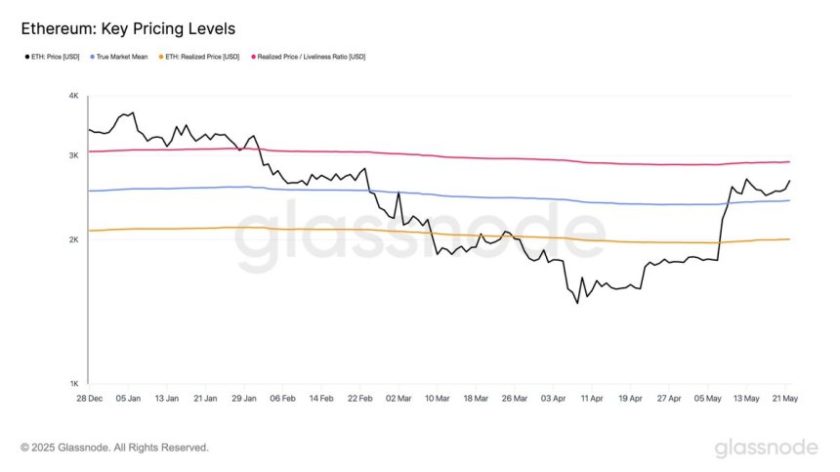- The Dow Jones Industrial Average suddenly crashed 400 points off its session high.
- Analysts and traders are baffled by the sharp move lower.
- Tech stocks suffered the brunt of the damage.
A quiet day for the Dow Jones Industrial Average (DJIA) turned into a near-bloodbath on Thursday as the U.S. stock market pivoted sharply lower.
Dow Crashes 400 Points in Minutes
After opening to slight losses, the Dow quietly crept into positive territory before rapidly plunging shortly after 10:45 am ET. Over the next 45 minutes, the index dove more than 400 points off its session high to trade as low as 28,959.65.
As of 12:09 pm ET, the Dow had suffered a net loss of 308.26 points or 1.05% to decline to 29,039.77.
The S&P 500 slid 1.09% to 3,349.15.
The Nasdaq fell furthest, diving 1.49% to 9,671.37.
Gold and bond prices spiked, sending the yellow metal to fresh seven-year highs above $1,625 and 10-year Treasury yields as low as 1.51%.
Wall Street Scrambles as Tech Stocks Collapse
There was no clear trigger for the stock market sell-off, which caught many traders and analysts completely off-guard.
What was clear is that tech stocks were suffering the brunt of the damage. That’s why the Nasdaq was far and away the ugliest index.
Tesla stock fell 3.2% to $888, taking the edge off the automaker’s historic speculative rally.
In the Dow Jones, blue-chip tech firms Intel (-3.3%) and Microsoft (-2.4%) anchored the losses.
Goldman Sachs Warns of Correction as Economic Index Rallies
Ironically, economic data published shortly before the downturn painted a surprisingly bright outlook for U.S. growth.
The Conference Board Leading Economic Index rose 0.8% in January to 112.1, erasing the damage from December’s -0.3% print.
Ataman Ozyildirim, Senior Director of Economic Research at The Conference Board, said that the data release was encouraging but that the coronavirus outbreak threatens the green shoots that have begun to emerge in U.S. manufacturing.
The LEI’s six-month growth rate has returned to positive territory, suggesting that the current economic expansion – at about 2 percent – will continue through early 2020.
While weakness in manufacturing appears to show signs of softening, the COVID-19 outbreak may impact manufacturing supply chains in the [United States] in the coming months.
Goldman Sachs has been even less sanguine, warning clients this week that investors had grossly underestimated the threat that coronavirus presents to U.S. stocks.
While a full-on bear market may be unlikely, the investment bank predicts that the outbreak could wipe out corporate earnings and prime major indices like the Dow Jones for a decline of at least 10%.
This article was edited by Sam Bourgi.




